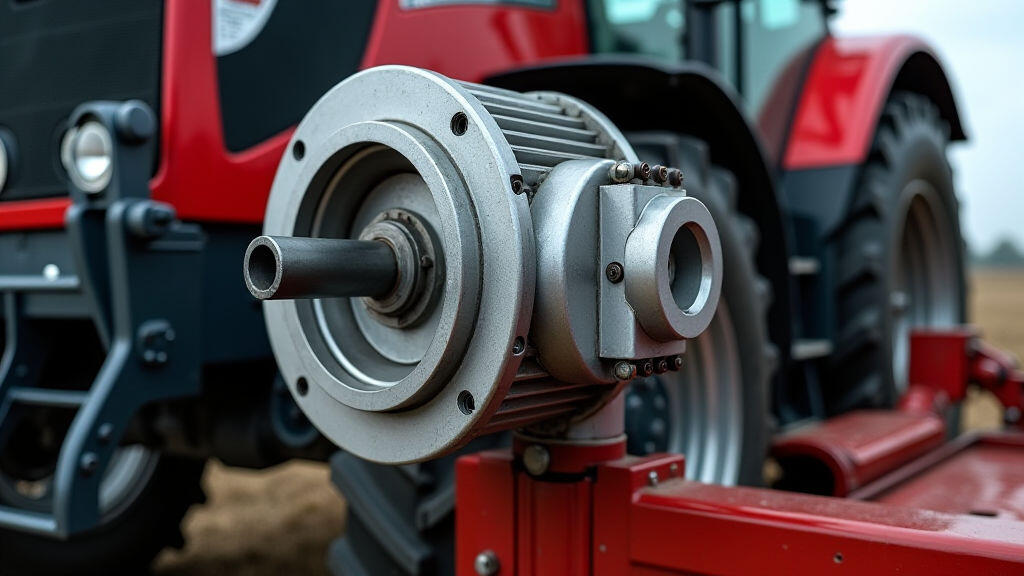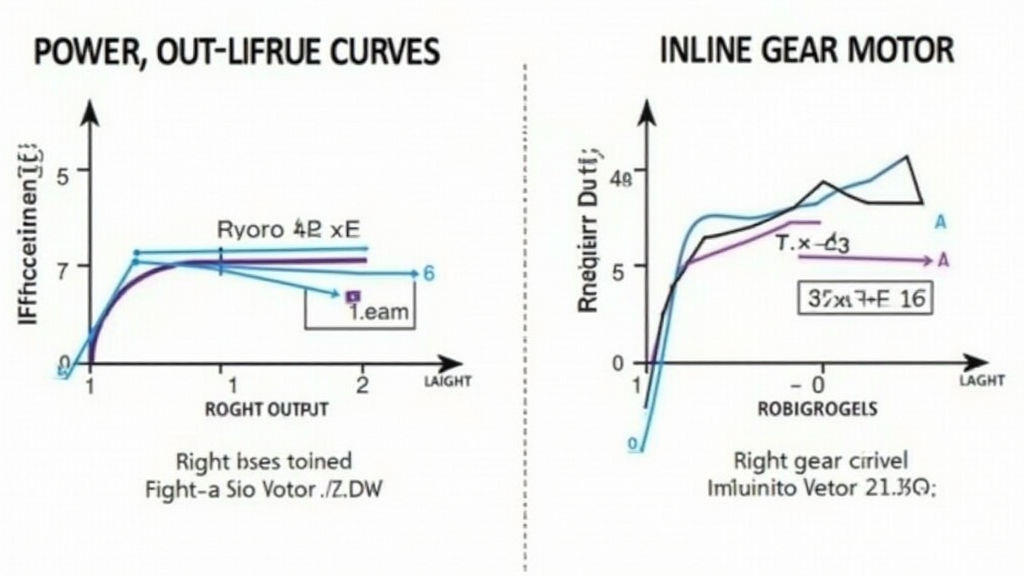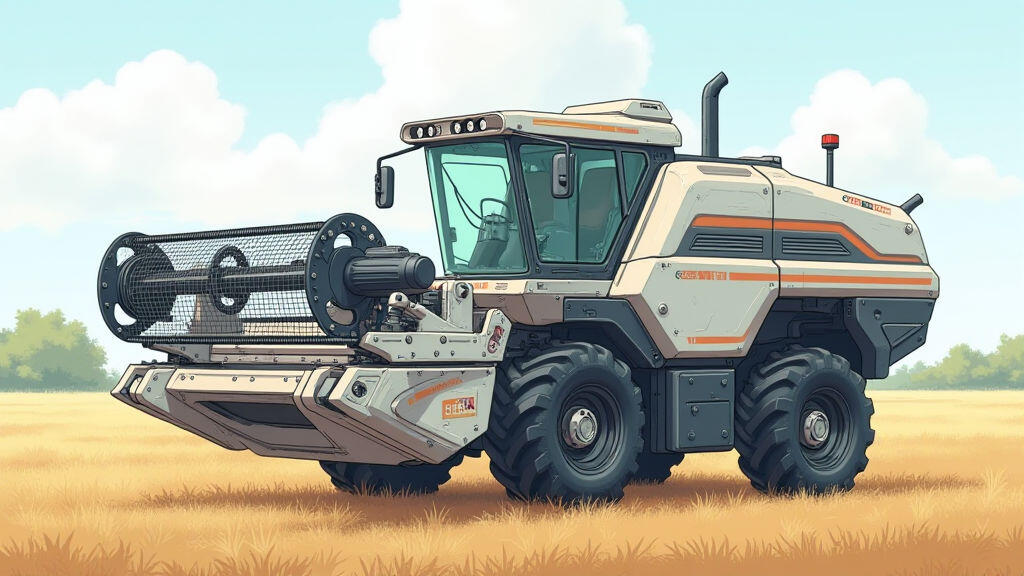Anjing Road, Xiaolan, Zhongshan, Guangdong, China
info@mes-drive.com
08.00 AM-09.00 PM

Modern farms are evolving faster than traditional practices can keep up. With tighter margins, a growing demand for higher yields, and an increasingly competitive marketplace, every component of a machine counts. Among the most critical yet often overlooked parts is the gear motor that drives tractors, harvesters, and seeders. In recent years, agricultural machinery manufacturers have begun to focus intensively on optimizing right‑angle gear motors. This shift is driven by a mix of space constraints, power efficiency, and durability, all of which translate into tangible benefits for farmers worldwide.

A gear motor is essentially a motor coupled with a gearbox. It translates the electrical or hydraulic input into the precise torque and speed required for a machine’s action. In traditional designs, gear motors sit inline—aligned with the rotational axis of the machine's drive shaft. While simple, this configuration can struggle with space, heat dissipation, and maintenance.
The right‑angle arrangement positions the motor’s shaft perpendicular to the drive shaft. This seemingly minor change offers several advantages:
A right‑angle gearbox can be engineered to provide a higher torque-to-weight ratio. Manufacturers now use advanced gear designs, such as spline reduction or planetary gear sets, to ensure that the motor delivers peak performance at low speeds—exactly what farmers need for heavy-duty operations like plowing or threshing.
When combined with smart control systems, these motors can adjust torque in real time, reducing the risk of overloading and smoothing power delivery. This adaptability also means that machines can handle a wider range of soil conditions without sacrificing speed or crop safety.
Farms are harsh environments. Dirt, mud, and vibrations take a toll on every mechanical part. Right‑angle motors are housed in rugged, sealed enclosures that guard against contaminant ingress. The perpendicular orientation also makes it easier to attach protective covers and reduce the risk of dust settling in critical tolerances.
Maintenance crews love the reduced effort required to access these motors. A single side‑view inspection is often enough, cutting labor time and minimizing machine downtime—an essential factor for busy planting and harvesting seasons.
Every watt saved translates into reduced fuel consumption for diesel‑powered motors, or lower electricity bills for electric systems. Right‑angle motors often feature higher gear ratios and less internal friction, allowing them to operate at optimal speeds with less energy input. Farmers have reported fuel savings of up to 7% in some cases, which adds up to significant cost reductions over a year.
Consumer data shows that 63% of the agricultural equipment market is looking for vehicles that are easier to maintain and more fuel efficient. Additionally, environmental regulations are tightening restrictions on emissions, pushing manufacturers toward more efficient, low‑friction designs. These pressures have spurred a wave of research into right‑angle gear technology.

Take, for example, AgriX's latest row‑crop harvester. By integrating a custom right‑angle motor system, the machine achieved a 12% reduction in operation time and a 9% drop in fuel use compared to its predecessor. Farmers in Kansas reported increased productivity and lower maintenance costs over the pilot year.
Similar results have been observed in soybean planter operations in Brazil, where the shift to right‑angle motors allowed for quicker attachment changes and smoother seed placement, improving overall harvest quality.
Technology is moving beyond mechanical improvements. Manufacturers are integrating electronic control units (ECUs) that monitor motor temperature, vibration, and output in real time. These data points feed into cloud platforms that give field managers predictive maintenance alerts and performance analytics.
Another trend is the move toward hybrid powertrains, where a right‑angle electric motor complements a diesel or hydraulic engine. This synergy can further cut emissions and fuel consumption while maintaining the torque required for heavy-duty tasks.

In the rapidly evolving agricultural landscape, right‑angle gear motor performance optimization is no longer a niche interest—it is a strategic imperative. The benefits—compact design, higher torque, easier maintenance, and energy efficiency—directly address the challenges farmers face every day. As manufacturers continue to refine these motors, integrating smart controls and hybrid systems, the next generation of farm machinery promises to be more productive, more sustainable, and far more farmer‑friendly. The shift to right‑angle gear motors symbolizes a broader move toward smarter, more efficient agriculture, and it is poised to become a cornerstone of the industry’s future success.
Leave A Reply
Your email address will not be published. Required fiels are marked